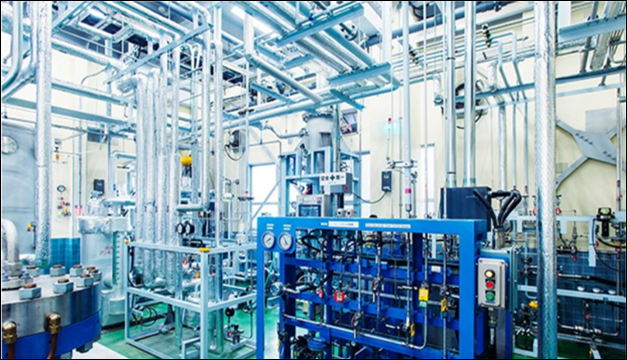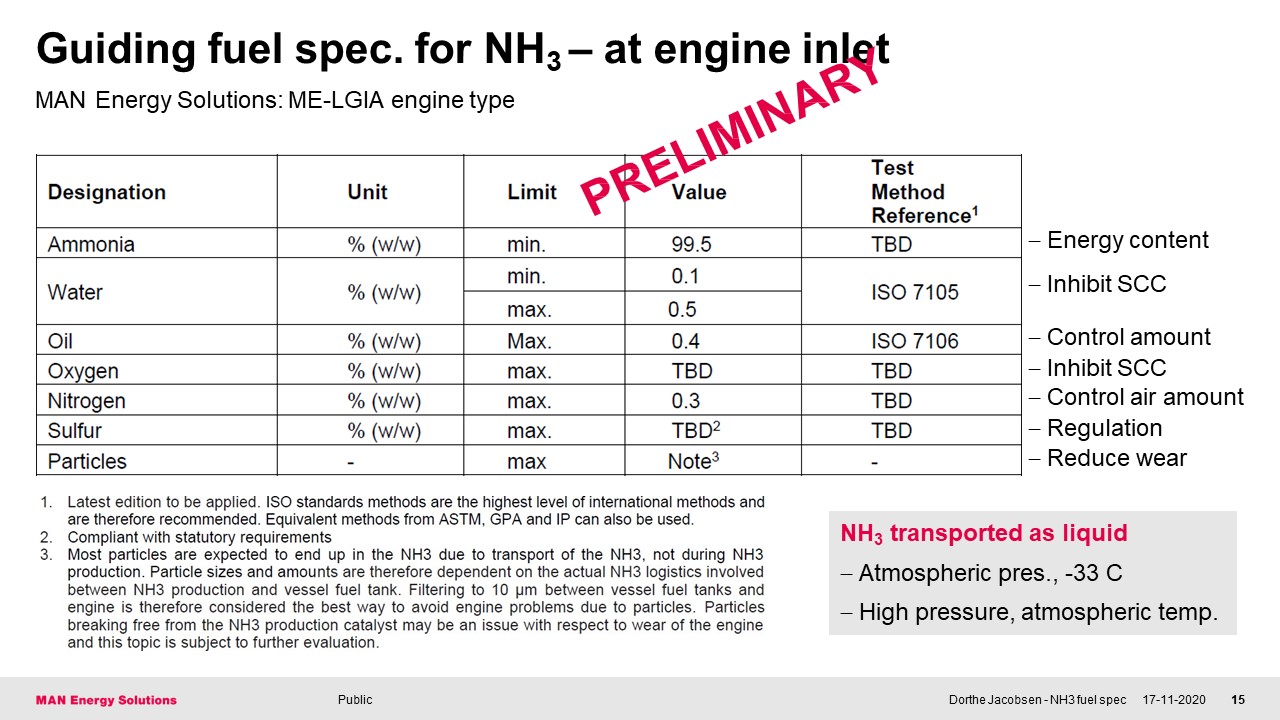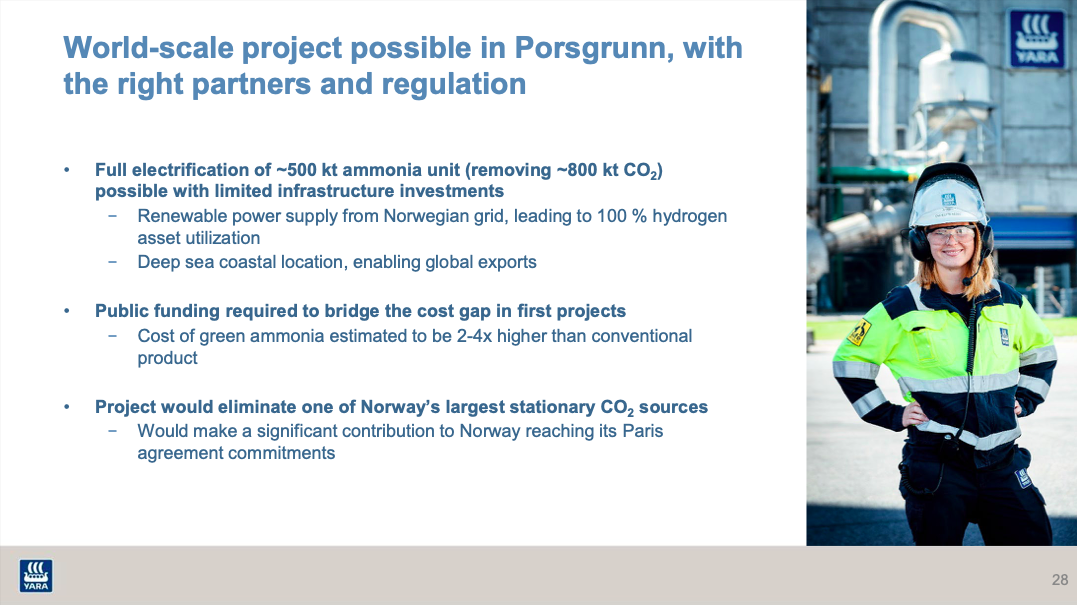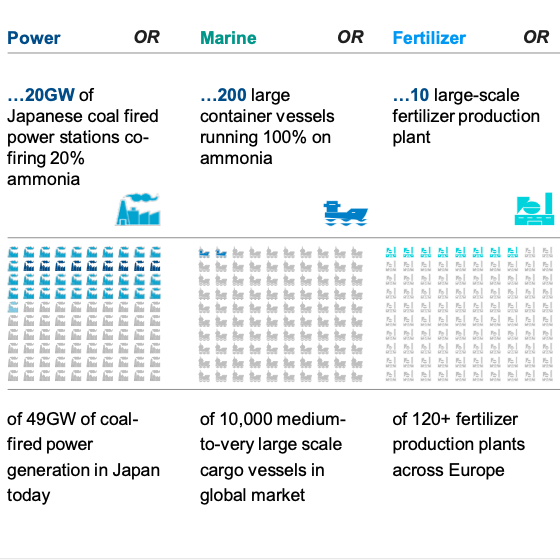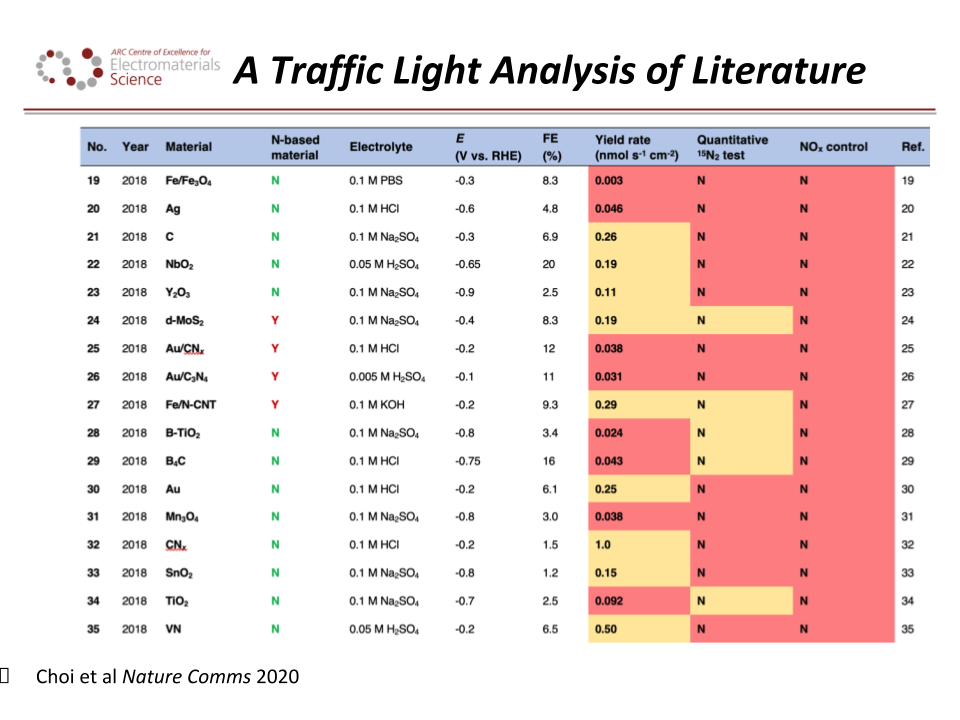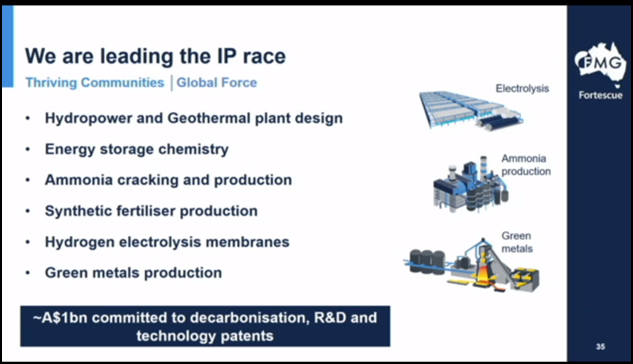Tsubame BHB Launches Joint Evaluation with Mitsubishi Chemical
Last month Tsubame BHB, a Japanese developer of ammonia synthesis technology, announced the signing of a “joint evaluation contract” with Mitsubishi Chemical Corporation (MCC) that will focus on a novel ammonia separation membrane. The company, which started operations in 2017, is working on a method of ammonia synthesis that could allow economic production at scales 1-2 orders of magnitude below today’s plants.
